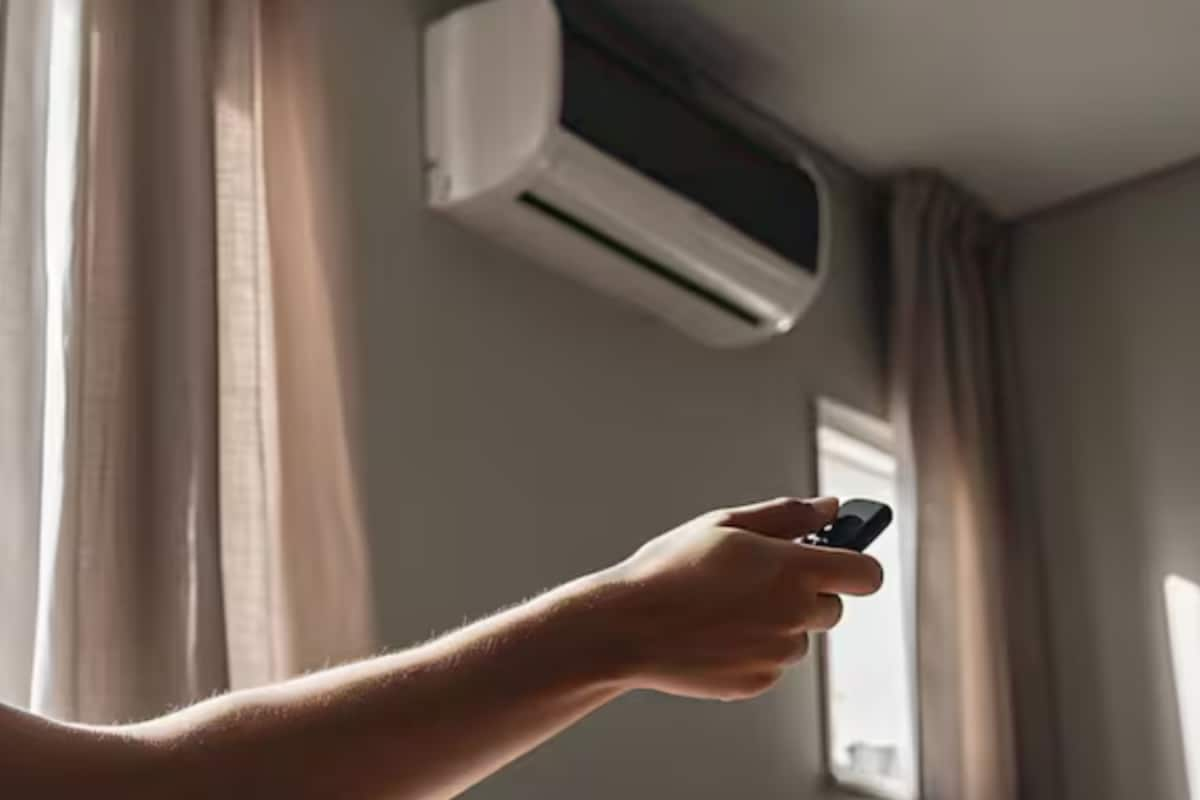

As energy costs continue to rise, homeowners are increasingly looking for ways to reduce their electricity bills. Air conditioning is often a significant contributor to energy consumption, particularly during the hot summer months. A simple adjustment to your thermostat setting can make a noticeable difference in your energy bill. The question is: how much can you save by raising your AC temperature by just 1°C?
The answer, while variable, is generally positive. Numerous studies and expert recommendations suggest that increasing your AC temperature can lead to substantial energy savings. A common estimate is that for each degree Celsius you raise the thermostat, you can save between 3% and 6% on your electricity bill. For instance, the Bureau of Energy Efficiency (BEE) states that raising the AC temperature setting by just 1°C can save about 6% of electricity consumption. Similarly, a study by the American Council for an Energy-Efficient Economy (ACEEE) indicates that increasing the thermostat setting by 1°C can save 3-5% on energy bills.
To understand why this happens, it's important to know how air conditioners work. An AC doesn't simply blow air at a preset temperature. Instead, it cools indoor air by circulating it through an evaporator coil until the desired temperature is reached. The thermostat monitors the room's temperature and instructs the compressor accordingly. Setting a lower temperature, like 18°C, doesn't mean the room cools faster than if set to 25°C. It simply prolongs the compressor's runtime, consuming more electricity. Therefore, a higher setting like 24°C or 25°C can be more energy-efficient.
Once the room reaches the set temperature, the compressor stops, and only the fan operates, minimizing electricity usage. Some AC units also stop the fan to conserve more energy. The compressor restarts when the thermostat detects an increase in temperature.
Several factors influence an AC's electricity consumption: the difference between indoor and outdoor temperatures, the quality of thermal insulation, and the AC temperature setting. Larger temperature differences increase energy consumption, while well-insulated rooms require less cooling. Lower temperature settings lead to longer compressor runtimes and higher energy usage.
So, what is the ideal AC temperature setting? ASHRAE (American Society of Heating, Refrigerating and Air-Conditioning Engineers) suggests an optimal comfort temperature between 23.5°C and 25.5°C during summers. Setting the thermostat to 24°C balances comfort and energy efficiency. The U.S. Department of Energy recommends setting your thermostat to 78°F (25.5°C) when you're at home and need cooling. When you're away from home or sleeping, you can raise the temperature a few degrees to save even more energy.
Here are some additional tips to maximize your energy savings:
In conclusion, raising your AC temperature by just 1°C can lead to noticeable savings on your electricity bill. By combining this simple adjustment with other energy-saving strategies, you can enjoy a comfortable home while keeping your energy costs in check and contributing to a more sustainable environment.